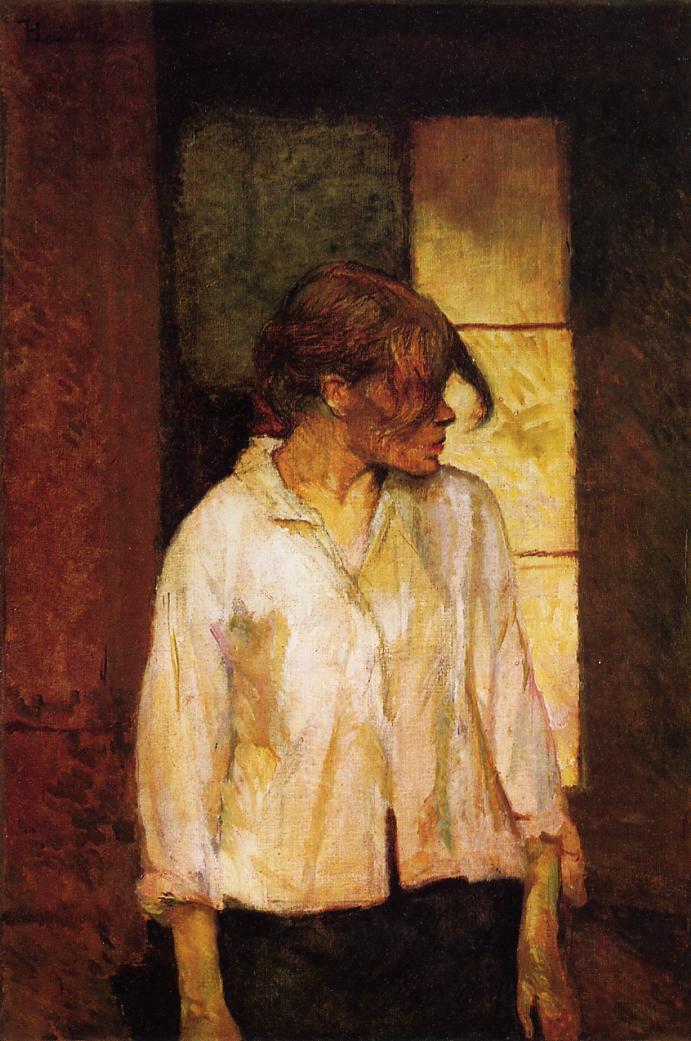The Barnes Collection
The Barnes was the reason we planned this trip to Philly (nearly two months ago, actually!) We are big documentary fans and it all began because we saw The Art of The Steal on demand. If you haven’t seen it, check out the trailer here.
The Barnes Foundation houses one of the most impressive collections of French early modern and post-impressionist paintings in the world. I believe if I remember correctly from the movie, it’s worth over 25 BILLION dollars.
The reason the documentary is so compelling is that the story is so incredible. The founder, Albert Barnes, was born in 1872 into a working class family in Philadelphia. He started boxing in his youth and put himself through medical school. After getting his MD from Pennsylvania Medical School he went on to develop new chemical compounds and developed an antiseptic product called Argyrol, which was the basis of his fortune. He started collecting French impressionist art, one of the first Americans to do so. He was openly disdainful of inherited privilege and had a very contentious relationship with the Philadelphia elite, including the hoity-toities who ran the Art Institute and the Philly newspaper. Which in turn meant that as his collection grew, all those snooty Philadelphia socialite types said his collection was crap and he was stupid. Well, as it turns out, they were wrong. It’s probably the single largest collection of works by Renior, as well as Cezanne and Matisse. And there are an extraordinary number of works by Picasso, Monet, Degas, Manet, Seurat and many many others.
 |
| Vincent Van Gogh, The Postman, 1889 |
 |
| Claude Monet: The Riverboat |
 |
| Paul Cezanne, Still Life with Skull |
But even as awesome as the collection is, the arrangement of the work makes it way more than just an art collection. He intersperses the art with hand wrought iron (and furniture and ceramics as well).
When you look at an arrangement of art on a wall it tells a story or about something involving color, composition, tone or something else you never would have thought of. The walls were teaching devices for his school. It’s not arranged in any linear way, by artist or chronologically because he didn’t believe artists thought that way. It’s really incredible, and the audio tour is very thorough (and only $7, so I highly recommend it).
A few final notes: if you are going to go, go before July (when the collection is being moved into central Philly). Also, it is very restricted on the number of people who are allowed to visit each day, so reserve your tickets as soon as you know you are going.


No comments:
Post a Comment